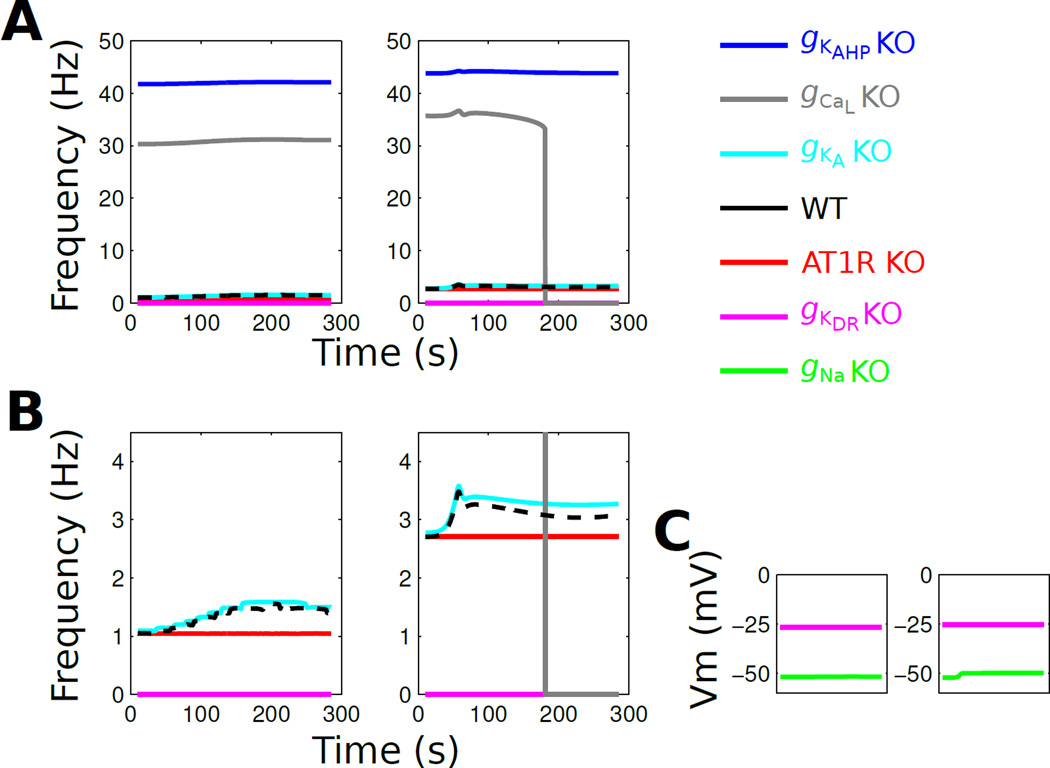Fig. 7. Virtual knockouts show that molecular expression constraints are insufficient to compensate for complete channel occlusion.
Two representative VKMs from neuromodulation response phenotype 1 are shown. (A) Firing rate profiles in response to 100 nM AngII (continuous administration starting at t=0). The left and right panels correspond to the same set of knockouts for two different instances of phenotype 1. Note that the frequency scale is determined by the high firing rates from the gKAHP and gCaL KO conditions. (B) Data from panel A and shown with a reduced frequency scale. (C) Membrane potential is shown for gNa and gKDR KO phenotypes, which do not fire action potentials. These results generalize to other VKMs from phenotype 1 as well as phenotypes 2–6.

